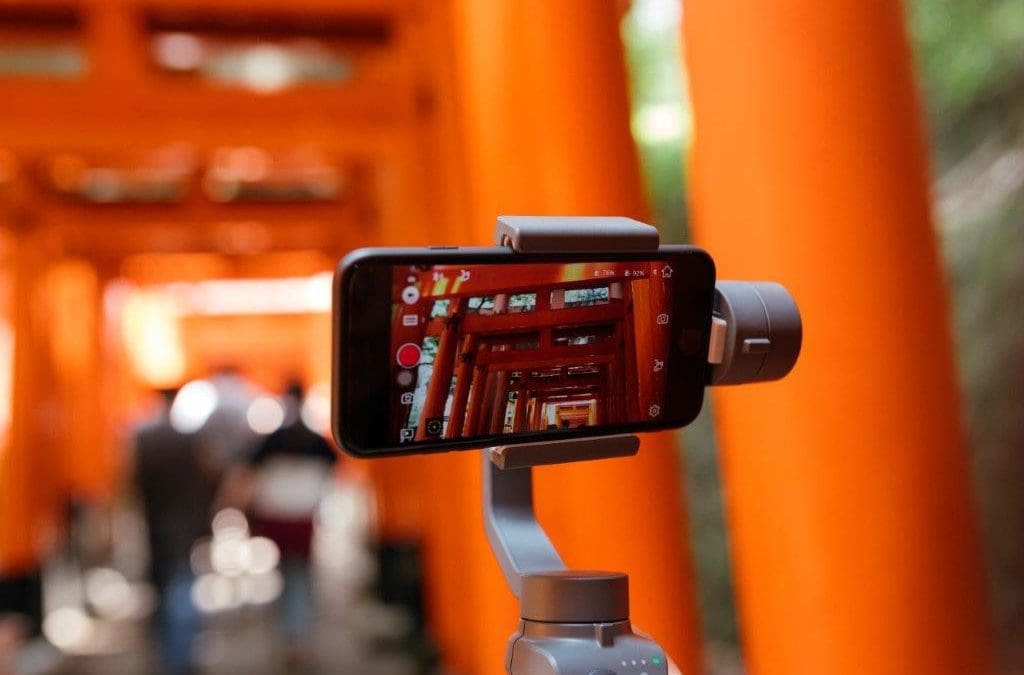Recorded and streaming video is becoming more popular and is engaging more users on social media than ever before. From fundraising galas, concerts, and cooking classes to personal training, and counseling; businesses are connecting with customers via video. TikTok, Instagram, YouTube, Twitch and Facebook allow you to post or stream videos for free, with various limits. If you are thinking about creating videos to represent your business and your brand, this article will help you get started.
Thank you to Farid Askerov, Founder of Shutter Sauce for contributing to the content of this article.
Length
How long your video should be depends on how you plan to use your video.
Do you plan to post on social media only as an advertisement?
Try to keep the video 60 seconds or under. Ideally, this 60 second ad can then be repurposed into shorter 30 and 15 second versions for split testing.
Is this content designed to be posted on YouTube?
Longer form will work better here. Anywhere from 2 to 12 minutes. Educational/authority videos and case studies are examples of content that can be longer form.
Generally speaking, the sweet spot is 2 minutes or less. Viewer retention begins to drop off after this point. That being said, try out different runtimes and see how your specific audience reacts.
Lighting
While you do not need to have access to professional lighting equipment, it does make a significant difference when recording video. Natural light is more than enough as you start to record your own content. Make sure to:
- Position yourself next to a window for natural lighting.
- The window should illuminate the side of your face or fully illuminate your entire face.
- Make sure to properly light yourself or your subject before recording.
- If you have lighting equipment, use it.
Audio
Audio is arguably more important than video itself. If customers cannot hear you, they won’t watch your video and they won’t hear your message.
- Make sure you are in a quiet environment.
- Position your camera as close to you as possible to minimize any room echo.
- If you have one, plug in a dedicated microphone to your smartphone or use a wireless lapel microphone (LAV) system.
Stabilization
Hold your camera steady! Attach your smartphone to a tripod or even rest it against any object that will keep it steady. Keep your shot stable so your audience can focus on what you are trying to show and say. A shaky video detracts from the content and looks ‘home made.’
Have An Idea To Add?
[ninja_form id=21]

